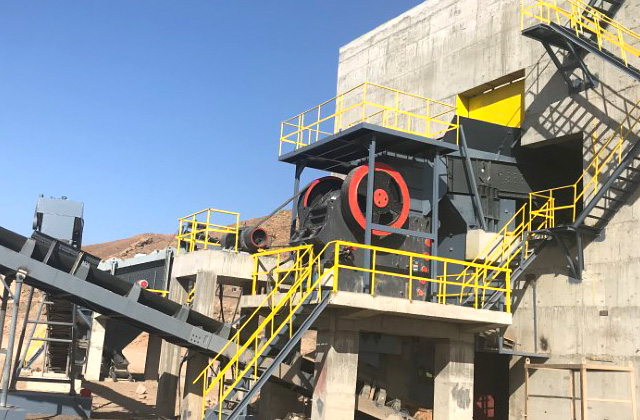Non-metallic ore crushers and screens play a crucial role in the mining and processing industry, facilitating the extraction of valuable minerals from ore deposits. This equipment is designed to break down large rocks into smaller, more manageable pieces, allowing for easier handling, transportation, and subsequent processing. In this article, we will explore the functions, types, and importance of non-metallic ore crushers and screens.

Functions of Crushers and Screens:
- Size Reduction: The primary function of crushers is to reduce the size of ore particles. This is achieved through various mechanisms, such as compression, impact, or attrition, depending on the type of crusher. Smaller particle sizes facilitate the separation of valuable minerals from the ore.
- Screening: Screens are used to separate ore particles based on their size. This process is essential for classifying the material into different fractions, ensuring that each fraction is processed appropriately. Screens can be vibrating, rotary, or static, each serving specific purposes in the ore processing workflow.
- Sorting and Grading: Crushers and screens work in tandem to sort and grade ore particles based on their composition and size. This allows for a more efficient separation of valuable minerals, leading to higher extraction yields.
Types of Crushers:
- Jaw Crushers: These crushers use a fixed jaw and a moving jaw to apply pressure and crush the ore. They are suitable for various types of non-metallic ores and are often the primary crusher in a crushing circuit.
- Cone Crushers: Cone crushers are used for secondary and tertiary crushing. They have a cone-shaped crushing chamber and are particularly effective for processing hard and abrasive materials.
- Impact Crushers: Impact crushers utilize the principle of rapid impact to crush the ore. They are versatile and can handle a wide range of non-metallic materials.
- Gyratory Crushers: Gyratory crushers consist of a conical head and a bowl-like chamber. They are commonly used in primary crushing stages.
Types of Screens:
- Vibrating Screens: These screens use vibration to separate particles based on size. They are versatile and widely used in various ore processing applications.
- Rotary Screens: Rotary screens consist of a cylindrical drum that rotates to separate different-sized particles. They are effective for coarse screening.
- Static Screens: Static screens have fixed, rigid screens that separate particles based on size. They are suitable for fine screening.
Importance in Ore Processing:
- Efficiency: Crushers and screens improve the efficiency of ore processing by breaking down large rocks and classifying particles based on size, ensuring that each stage of the process is optimized.
- Yield Optimization: Proper crushing and screening result in higher extraction yields by ensuring that valuable minerals are efficiently separated from the ore.
- Reduced Environmental Impact: Efficient crushers and screens contribute to sustainable mining practices by minimizing energy consumption and reducing the environmental impact associated with ore extraction.
Non-metallic ore crushers and screens are integral to the mining and processing of valuable minerals. Their diverse types and functionalities make them essential for breaking down, sorting, and classifying non-metallic ores, ultimately contributing to the efficiency and productivity of the mining sector.
